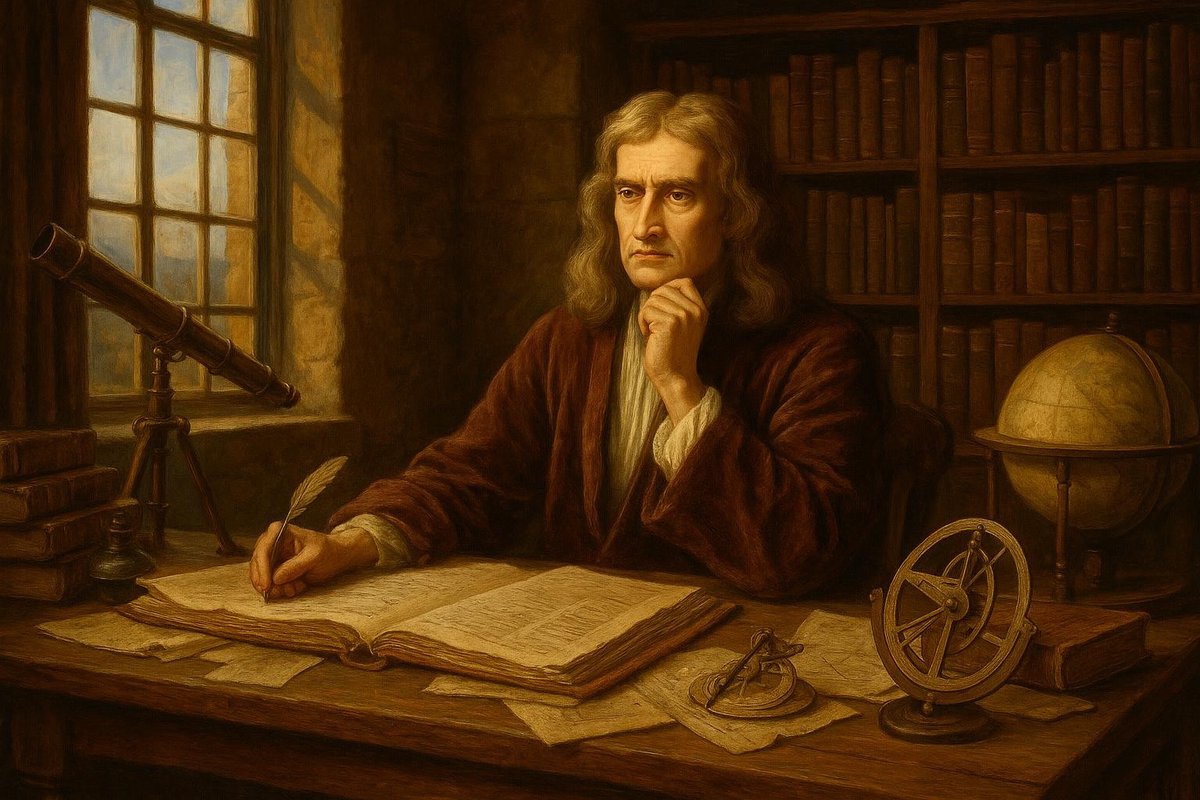
When pondering the profound discoveries that have shaped our understanding of the universe, the laws of motion stand unparalleled. These laws, formulated by Sir Isaac Newton in the late 17th century, created a seismic shift in scientific thought and laid the groundwork for classical mechanics. But what conditions made such a revolutionary leap possible? Interestingly, the answers lie not only in intellectual brilliance but also in the political and social climate of the time. Let’s explore how these forces intertwined to pave the way for one of humanity’s greatest intellectual achievements.
The Renaissance: A Fertile Ground for Intellectual Pursuit
The Renaissance period, spanning from the 14th to the 17th century, was a time of unparalleled intellectual growth and artistic flourishing.
- Revival of classical knowledge fueled curiosity and exploration.
- Rediscovery of ancient Greek and Roman texts inspired new ways of thinking.
- Patronage from wealthy families and the church supported scientific endeavors.
Interestingly, this period saw a shift from purely religious explanations of the world to empirical observation and scientific inquiry. Think of it as a societal awakening, where art, science, and philosophy danced in harmony, each influencing the other. No wonder that during this time, thinkers began to question long-held beliefs and sought answers through observation and experimentation. This intellectual climate was crucial for Newton, as he stood on the shoulders of giants like Galileo and Kepler, building upon their work to formulate his laws.
Political Stability and Scientific Progress
As Europe transitioned from medieval feudalism to more centralized forms of governance, political stability began to emerge, especially in England during the 17th century.
- The English Civil War and subsequent Glorious Revolution led to the establishment of constitutional monarchy.
- Increased stability fostered economic growth and intellectual pursuits.
- Institutions like the Royal Society promoted scientific discourse and collaboration.
Of course, stability doesn’t guarantee scientific breakthroughs, but it does create an environment where ideas can flourish. The support of institutions such as the Royal Society meant that scholars like Newton had platforms to share and critique ideas. This period of relative peace and prosperity provided the fertile soil needed for Newton’s groundbreaking work to take root and flourish.
Social Shifts and the Embrace of New Ideas
During Newton’s time, traditional social structures were beginning to shift, allowing for a greater exchange of ideas and knowledge.
- The rise of a literate middle class expanded the audience for scientific ideas.
- Printing press technology facilitated the dissemination of new theories and discoveries.
- An increasing emphasis on education and learning spurred public interest in science.
As time goes on, it’s fascinating to observe how societal changes influence the acceptance of new ideas. The printing press, for example, drastically changed the way information was shared, making it easier for scientific theories to reach a broader audience. This democratization of knowledge meant that revolutionary ideas like Newton’s laws of motion could be discussed, debated, and refined by many, rather than a select few.
The Lasting Impact of Newton’s Laws
Newton’s laws didn’t just revolutionize science; they also had a profound impact on society at large.
- They provided a framework for understanding the natural world in terms of predictable laws.
- The notion of a mechanical universe influenced philosophical thought and the Enlightenment.
- Industries, technology, and engineering practices were transformed by these principles.
Many people believe that Newton’s contribution to science laid the groundwork for the industrial revolution, a period that drastically changed the world. His laws provided the tools for engineers and inventors to design machines and technologies that powered economic growth. The effects of his work reverberate through time, illustrating a legacy that continues to influence our world today.
In conclusion, the discovery of the laws of motion was more than just a scientific milestone; it was a testament to the interplay between society, politics, and intellect. The conditions of Newton’s time were uniquely suited to foster such innovation, and his work, in turn, has shaped the course of history in profound ways. As we reflect on these themes, we come to appreciate the intricate tapestry that is the history of scientific thought.
Fuel Someone Else’s Curiosity
If you found this journey through the past enlightening, why not share it with others? By spreading knowledge about the fascinating interplay between society and science, you can inspire others to explore further. Just click the share button below and let the conversation continue!

Leave a Reply